The Plot of Queen Mantis

The Korean thriller Queen Mantis, aired by SBS in 2025 and released worldwide on Netflix and Viki, is more than a remake of the French series La Mante (2017). Told over eight episodes directed by Byun Young-joo, created by Lee Young-jong, and starring Go Hyun-jun and Jang Dong-yoon, the show relocates the story to a South Korean setting: a nearly abandoned mining town, devastated by unemployment and plagued by rising domestic violence. At the heart of it all is Jeong Yi-shin (Go Hyun-jung), the infamous killer known as “The Mantis.”
The story begins twenty years after the arrest of the serial killer, whom society believes died in prison. When a copycat appears, reproducing her crimes, the police are forced to seek help from the original Mantis herself. Jeong Yi-shin agrees, but only on one condition: she will work exclusively with her son, now Detective Cha Soo-yeol (Jang Dong-yoon), from whom she has been estranged her entire life.

Their relationship plays out as a psychological duel, where blood ties and vigilante justice are constantly at odds. The investigation takes them back to the abandoned mines, the setting of past murders, and exposes a community scarred by alcoholism, toxic masculinity, and the poverty left behind by economic collapse.
Korean critics praised Go Hyun-jung for her controlled yet predatory performance, shifting between maternal instinct and ruthless cruelty. The series also drew acclaim for addressing sensitive issues such as domestic violence and trauma. Audiences responded enthusiastically. On Viki, it holds a 9.5/10 rating from more than 1,800 reviews, a clear sign of its reach beyond Korea.
So what exactly made this drama strike such a chord? Let’s take a closer look.
Parallels
One element that always engages audiences is when a story creates powerful links to real-world issues. Queen Mantis does this by adapting its narrative to South Korea’s own socioeconomic struggles.
The mining village of Woongsan is not just a backdrop. It is a fictional reflection of social realities. When jobs vanish, what remains is emptiness: bars overflowing, homes filled with frustration and anger. It is in this environment that both the Mantis and her imitator emerge. The connection to real life is strong, since studies on economic shocks show that rising unemployment often coincides with increased domestic violence.
During the U.S. recession, for instance, spikes in unemployment were accompanied by more assaults committed by men, illustrating the cycle of stress, control, and violence within households.
Another recurring “chemical element” in both the series and academic studies is alcohol. In families hit by unemployment, drinking often acts as a catalyst between economic stress and aggression. It increases the risk of committing or experiencing violence.
When Woongsan shows drunken husbands wandering through the streets near the mines, it is presenting a documented reality rather than a cliché.
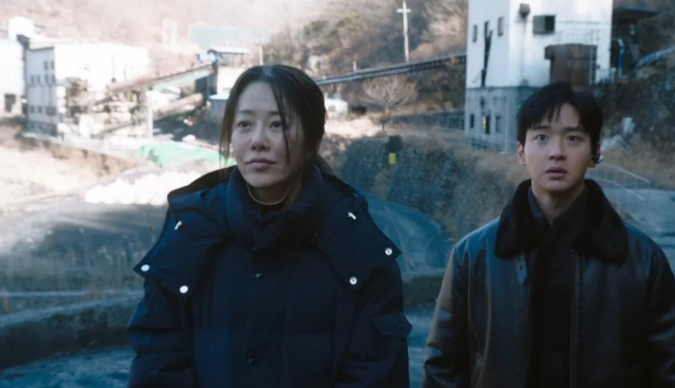
Evidence from mining towns specifically is diverse, which makes the series’ thematic choice even more compelling. In Australia’s Bowen Basin, Queensland, field research noted growing concerns among public services about domestic violence in towns that expanded rapidly due to mining. The mix of a predominantly male workforce, long shifts, and social isolation heightened risks.
In Mongolian desert communities near the Gobi, a comparative study mapped gender-based violence linked to rapid changes brought by mining projects, including the arrival of temporary workers, strained public services, tighter deadlines, and the spread of informal economies. These conditions revealed gaps in infrastructure and safety.

Later, a broader national assessment confirmed that domestic violence remained a critical concern, reinforcing the need for public policies aimed at extractive regions.
In short, Queen Mantis emphasizes that unemployment, alcohol, isolation, and toxic masculinity can transform into terror. This claim is supported by decades of research. Economic shocks combined with weak state support raise the risk of domestic violence, while safety nets and public policies help reduce harm.
By setting this violence within and around an exhausted mine, the series creates a structural stage where monsters can continue to exist, sometimes within the family home.
Sources: PMC PubMed Central, Australian Institute of Criminology, Csm.uq.edu.au, Mongoly Gender Assessment, Oup Academy
Nature or Nurture?
The series raises a central question that doesn’t have an easy answer, challenging both our intellect and moral compass. Queen Mantis appears to have been born with an innate coldness, but she is also a product of an abusive household and a shattered town. So, did the detective son inherit this "bad blood"?
Scientific literature supports this ambiguity. In children and adolescents, psychopathic tendencies or traits of insensitivity and emotional coldness show moderate genetic inheritance. Twin studies estimate that a significant portion of this variation (often over 50%) comes from genetic factors, signaling a biological predisposition to emotional detachment and cruelty.

However, environmental factors and trauma play a heavy role. The most recent meta-analysis of childhood abuse establishes a consistent link between physical abuse, emotional neglect, and an increase in psychopathic traits in adulthood. This connection is especially visible in increased impulsivity and aggression. Similarly, a review of 29 studies reveals a moderate correlation between animal or human mistreatment and traits such as low empathy and guilt. This evidence suggests that coldness is not purely innate but also shaped by violent surroundings.
In essence, neuroscience explains part of the “how” and contributes to the understanding of the “why.”
When pieced together, the series dramatizes a well-documented reality: genetics and environment coexist and occasionally interact. Clinically, this is the difference between “primary psychopathy,” which is characterized by emotional coldness and low anxiety often linked to genetic predisposition, and “secondary psychopathy,” which is associated with higher anxiety levels, a history of trauma, and emotional volatility.
Among forensic and general populations, individuals classified as “secondary” tend to have experienced greater developmental trauma. At the same time, there is evidence of both inherited and non-inherited pathways leading to similar traits. This reinforces the notion that biology does not directly result in psychopathy, and trauma alone isn’t sufficient either.
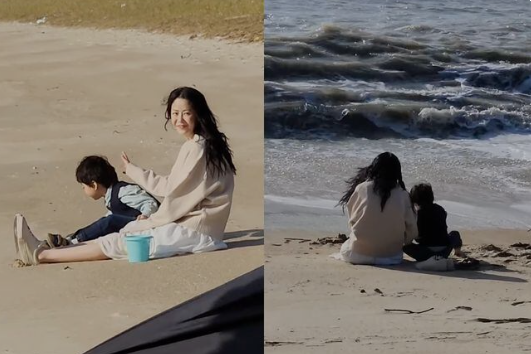
So, what conclusion can be drawn? First, there is no definitive gene or biomarker for psychopathy. Instead, probabilities intersect with contextual factors like poverty, alcohol, and trauma to shape either safer or more dangerous trajectories. Second, while trauma is not an all-encompassing cause, it is important, and while genetic predisposition does not guarantee a fixed path, it can intensify harm in toxic environments.
In this way, All the Crimes of the Mantis avoids oversimplifying the topic, rejecting both the myth of the "evil gene" and the idea that people are simple "products of their environment." Instead, the show challenges the audience to acknowledge the science and the social structures that allow monsters to exist.
Sources: journals.plos.org, Science Direct, Science, National Library of Medicine, PMC Pubmed Central
Mother and Son
The psychological tension between the assassin mother and the detective son remains central throughout the show. The son sees his mother not just as a convicted serial killer on death row but as the origin of a stigma that has haunted him since childhood. His inner dilemma, “Do I carry the same evil in my blood?”, is compounded by a second fear, “How much of myself comes from her?”
This struggle becomes even more intense because of Yi-shin’s ambiguous image in the public and media as both a monster and a vigilante avenger of predators who harmed women and children. This forces him, as a police officer before being a son, to prioritize the law over personal vengeance. The pressure increases when he realizes, during their early conversations, that his mother not only killed but enjoyed the act, finding satisfaction in it.
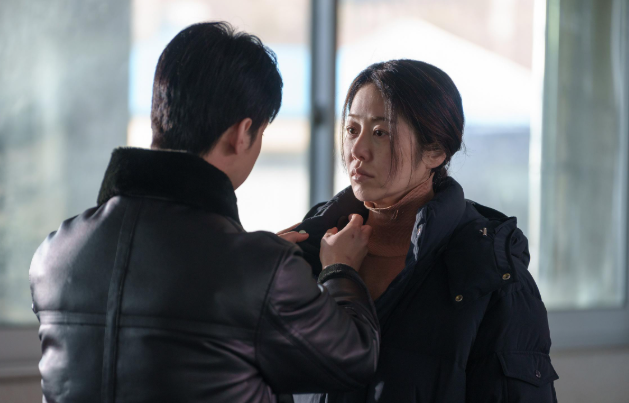
This leaves the detective with no choice but to work with the serial killer who is also his mother, someone he has spent his life despising. The result is a dramatic identity battle: Yi-shin tries to prove that part of her exists within him, while he is equally determined to prove that he has not inherited her malice or her pleasure in killing.
The transformation arc primarily belongs to Cha Soo-yeol. He must escape the shadow of his killer mother and determine whether the woman in front of him still contains remnants of the loving mother from his childhood. His goal is to break free from cycles of suppressed resentment and execute justice without personal grudges. Yi-shin, on the other hand, does not change. She knows exactly who she is and why she became that way. There is no plea for forgiveness or redemption; she simply accepts the punishment handed to her.
The only thing Yi-shin seeks is to find out if her son is like her or not.
Similarities
It’s inevitable to draw comparisons between Queen Mantis and Hannibal. Both are dramas that delve into humanity’s intimacy with evil, but the nature of their respective dynamics is different.
In Hannibal, the conflict is between mentor and protégé; a “master predator” whose seduction lies in language, sophistication, and the promise of a warped form of transcendence. In All the Crimes of the Mantis, the connection is rooted in blood, between mother and son, an inescapable, unbroken bond. This makes each exchange less like a nihilistic philosophy lesson and more like an inverted birth, where the mother attempts to awaken the monster within her son while he struggles between rejection and the need to find comfort in the maternal void.

Hannibal tempts audiences to admire the abyss, crafting cruelty into an art form.
Queen Mantis, however, asks a different question: who dug the abyss? When the mine shuts down, when the town collapses, when homes are torn apart, what kind of creatures emerge? One work bears the refined mark of an artist, while the other exposes the raw costs of abandonment.
In the end, both stories reflect their investigators. Yet while Hannibal lures us into contemplating the monster, Queen Mantis forces us to confront those responsible for creating it.
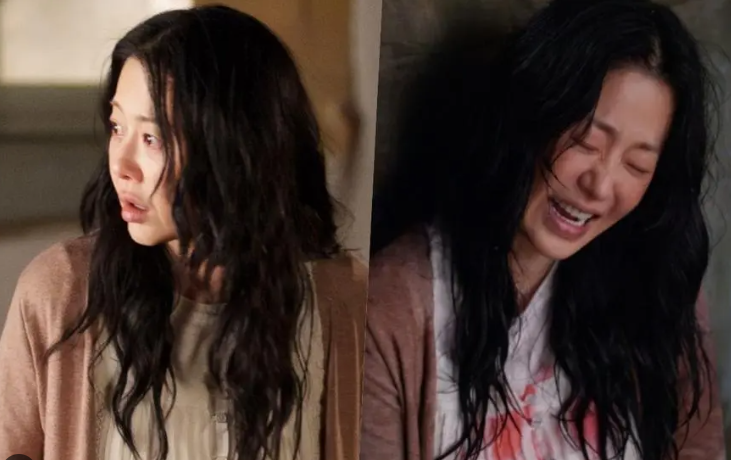
Is It Worth Watching?
All the Crimes of the Mantis is a thriller that combines entertainment with thought-provoking commentary on the social landscape of collapsed mines, disappearing jobs, and the violence left behind.
The narrative guides viewers through neurobiological and societal theories of psychopathy but leaves an open-ended question that lingers beyond the final episode.
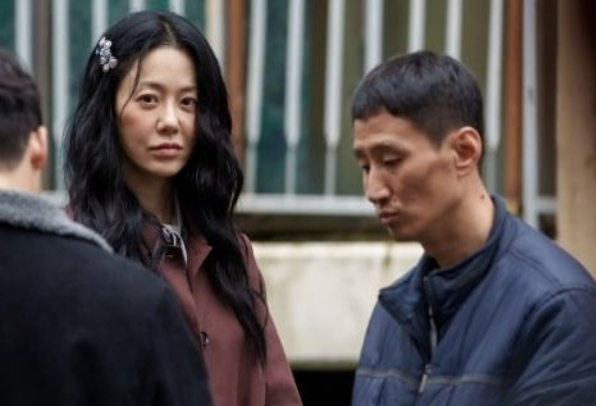
If you enjoy psychological tension similar to Hannibal and are drawn to social dramas with strong ties to reality, this series provides a compelling experience.
So, after exploring the depths of neurobiology and social wounds, are you ready to dive into All the Crimes of the Mantis?













— Comentarios 0
, Reacciones 1
Se el primero en comentar